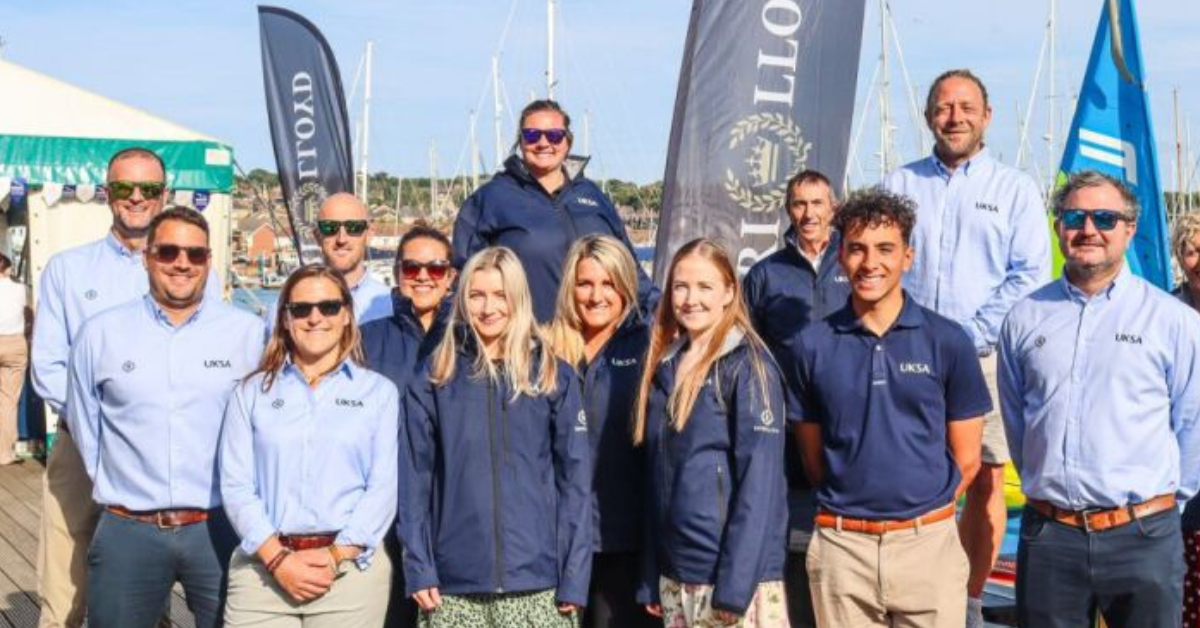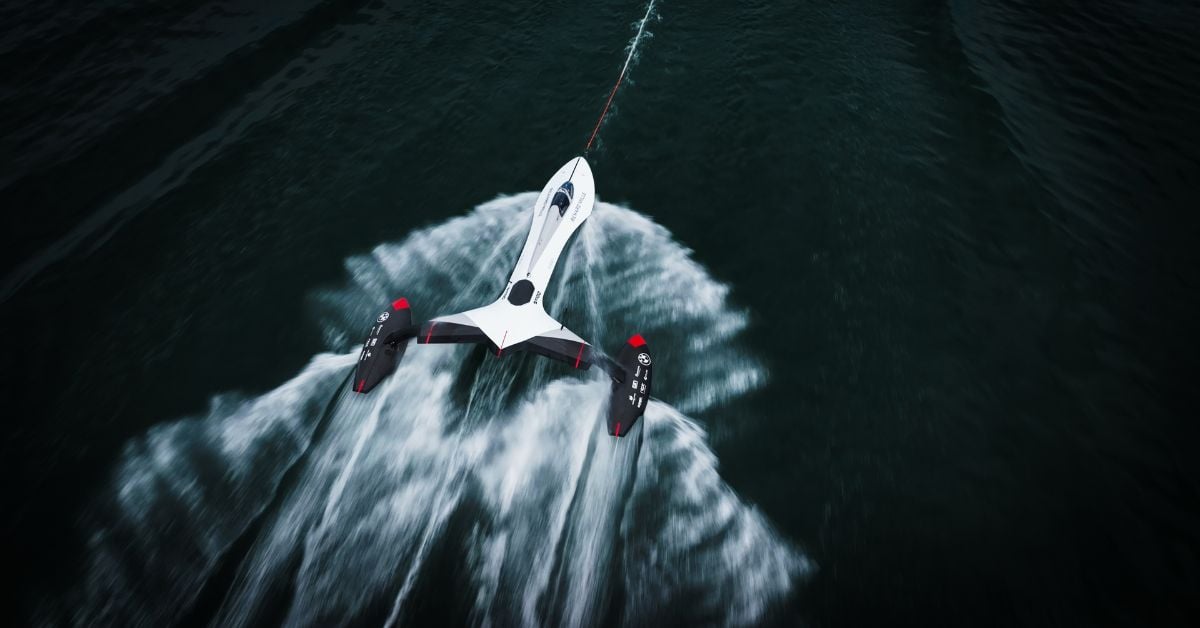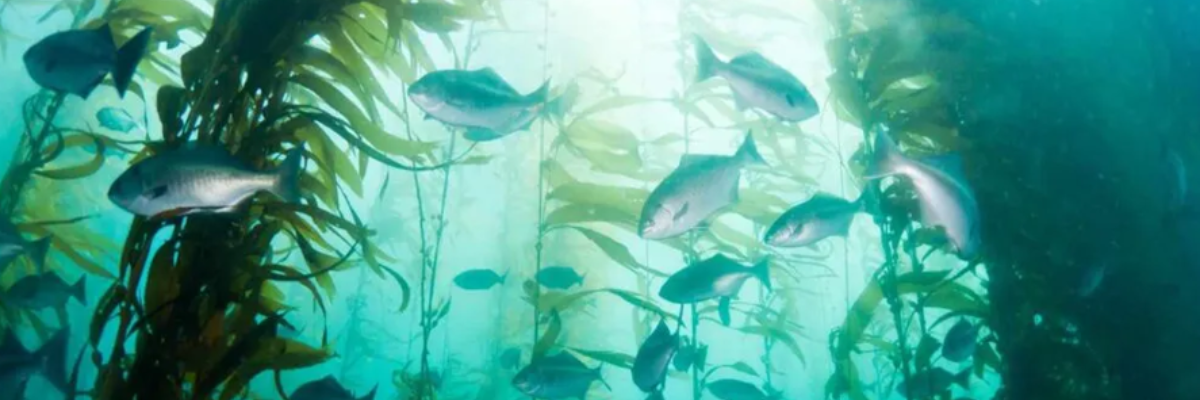
This month, the United Nations had the Ocean Conference to create a plan to save the oceans worldwide. From the leisure boating community, a lot of initiatives try to achieve the same. A quick glance at the most visible global campaigns may provide an impression of the achievements of these projects. If anything: we should try to save the oceans.
Scientific research has sparked common knowledge about the crucial function of the oceans in the delicate ecosystem of the earth. Oceans regulate the climate, distribute nutrients, absorb carbon gasses, provide food and serve as a means of transport. These are only a few of the functions of oceans around the globe, there are much more beneficial capacities and explorers are still discovering more about the unknown depths and life within the deep seas. Mankind has come to one robust conclusion however: without healthy oceans, life on earth would be impossible.
One hundred and seventy countries assembled at the United Nations Ocean Conference in the town of Nice, France, agreed on the political declaration ‘Our ocean, our future: united for urgent action'.These 170 governments call for expansion of marine protection areas, limiting marine pollution and increasing financial aid for coastal and island nations. Esteemed nature documentary director Sir David Attenborough made his film ‘Ocean’ to pose a big argument in favour of creating ocean preservation areas to cover a total of one third (33%) of all oceans. The documentary was released weeks before the summit and clearly addressed the conference participants. Results were booked in Nice.
The European Union committed to spending 1 billion euros to protect marine life and strengthen the blue economy in the E.U. New Ocean Pact. The islands of French Polynesia are creating the largest marine protected area, spreading over five million square kilometres. However, despite progress being made at the conference towards a more sustainable relation of mankind towards the oceans, the High Seas Treaty as formulated during a previous UN ocean conference, was still not ratified by the required 60 countries to make this treaty an international law. After the conference this month, the number of countries that have ratified the High Seas Treaty had increased to 50.
Campaigning yachties
Yachties, sailing the oceans and coastal waters and loving it, unite to protect their cherished waters. A myriad of initiatives, foundations, charities and campaigns is organised from the leisure boating world to contribute to marine life protection. Race organisers actively campaign for ocean preservation along with their event, competitors in these races run their own campaigns in addition. Super yacht owners join to help oceanographers to collect data and support nature preservation organisations. What are the results?
30 x 30
Ahead of the June conference in Nice, organisers of the Ocean Race launched a new campaign: The Ocean’s Logbook. This is a log that gathers personal stories from people that testify how they experience their relation to the ocean, the wildlife in it and the pollution they encounter. Goal of this new campaign is to share these personal stories to strengthen the numbers and the data that show the changes inflicted by mankind to the health of the oceans. The Ocean’s Logbook is part of a larger campaign called 30 x 30 Ocean Action Plan. This is a campaign to urge world leaders to create 30 percent of all oceans around the world into No-Take nature reserves by the year 2030.
Point Nemo
The Ocean Race organisers and participants aim to use the platform of the tough round-the-world competition in advanced sailing boats to achieve three goals: raise awareness among the larger audience of sports enthusiasts, gather data from the waters the competing boats sail over as a valuable source for oceanographic science and actively involve companies in ocean preservation. The Ocean Race boats are gathering critical CO₂ data from ocean regions untouched by commercial and even research vessels - an innovation helping to close gaps in global climate science. If you follow this race, held every three to four years, you will know that in the leg from New Zealand towards South America, in which the sailors round Cape Horn, the sailing boats come close to Point Nemo, the spot on earth furthest away from any populated land. It is easy to understand that spots like these are not frequently investigated. The cost of going that remote with a research vessel is just too high.
DAME charity
The Ocean Conservation Trust from Plymouth, UK, is linked to the boating sector through the ambassadors Sir Ben and Lady Ainsly, the team lead and helmsman of Ineos team Brittannia in the America’s Cup and entrepreneurs in developing innovative propulsion systems for ships and boats. This organisation is the chosen charity to be sponsored by the registry fees of the DAME – Design Award Marine Equiment that is part of Metstrade. The Ocean conservation Trust has developed a strategy to save and revitalise the oceans. Their approach targets three focus points: restoring ocean habitats by replanting seagrass along shores, where fish can find breeding grounds, food and shelter, secondly to offer ocean experiences, namely in the Plymouth National Marine Aquarium from where the Trust evolved and third to promote awareness about the importance of the oceans for global wellbeing and health trough their campaign ‘Think Ocean’.
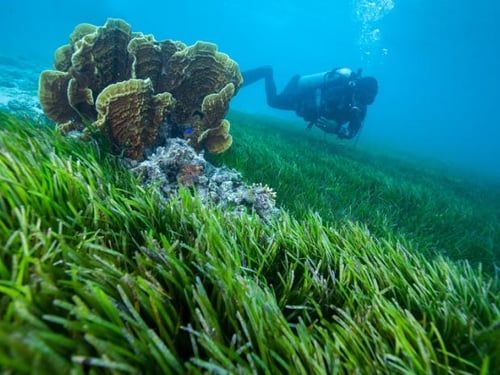
Sailing research accommodation
Helping scientists to conduct research, together with education and raising awareness are also the goals of the Seakeepers Society, a club of superyacht owners that aims to protect the cherished cruising waters. Quite unique, researchers can apply for an available yacht to host their activities during research projects at sea. The seakeepers website invites researchers to apply for a yacht as accommodation to enable them to conduct their projects at sea. “The Discovery Yacht Program provides marine scientists with a cost-effective platform for at-sea research by placing researchers on privately owned vessels to conduct oceanographic research.
We are looking for high-impact projects that support our missions, foster scientific collaboration, and stimulate further exploration,” the yacht owners announce on their website. An impressive fleet of 306 boats and yachts is registered with the Discovery Yacht program, ranging from a 17 foot (5.2 meter) former sailing boat without a mast up to the impressive motor yacht ‘Eclipse’ with 18 cabins for 36 passengers in lavishing luxury, the yacht being 533 foot long (162 meter).
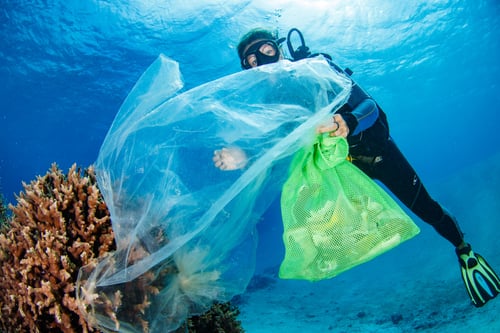
Standards in sport
Worldwide sporting association World Sailing aims to deliver a positive contribution to sustainable operations and sailor awareness. The World sailing Sustainability agenda 2030 addresses a number of issues for sailors and regatta organisers to live up to. As Olympic sailing is always in one design classes, the association overthinks the technical standards for the sailing boats to be constructed of recyclable and preferably organic materials. Event organisers need to have a sustainability plan and avoid single use plastic.
Chase boats and the boats for trainers should be as energy efficient as possible. The efforts of the organisers and the association and athletes to operate in harmony with nature should be shown in the media outings. Diversity and inclusion are not so much directly in support of ocean conservation, but harmony of boaters with nature thrives when boaters of all kinds are in harmony with one another. This is also included in the World Sailing agenda.
Anything saved?
Hundreds of global and local initiatives, foundations and charities should be mentioned when looking into the efforts of the leisure boating community to save the oceans. There is 11th hour racing, established in 2010 in the United States. Team Malizia from Germany, competitor in the Vendée Globe and Ocean Race is dedicated to protecting the oceans. The Blue Marine Foundation, Geomare, Sailors for the Sea – they all play their part en strengthen each other. One – quite critical – question remains: having a slogan or motto on the sail of a racing yacht – all made of fossil resources – does this actually save ocean animals and clean ocean water?
The answer is: indirectly. With the help of the sailors and yachtsmen, researchers acquire new knowledge about marine ecosystems and gain insight in ways to protect these. Big organisations in sports raise sponsor money that is invested in projects that directly work on improving the underwater habitat. Examples are the planting of kelp forests along the Scottish coast or planting of sea grass in the Mediterranean. The boating community’s efforts are raising awareness about the need for ocean preservation. Next to that, real life conservation is realised on a smaller scale. Involvement with the lively waters is always increasing.
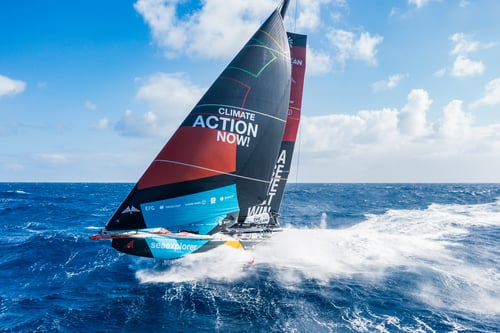
https://oceanconservationtrust.org
https://www.oceanslogbook.com
https://www.seakeepers.org
https://www.sailing.org/inside-world-sailing/sustainability/agenda-2030-2
https://sailorsforthesea.org
https://11thhourracing.org
https://www.team-malizia.com
